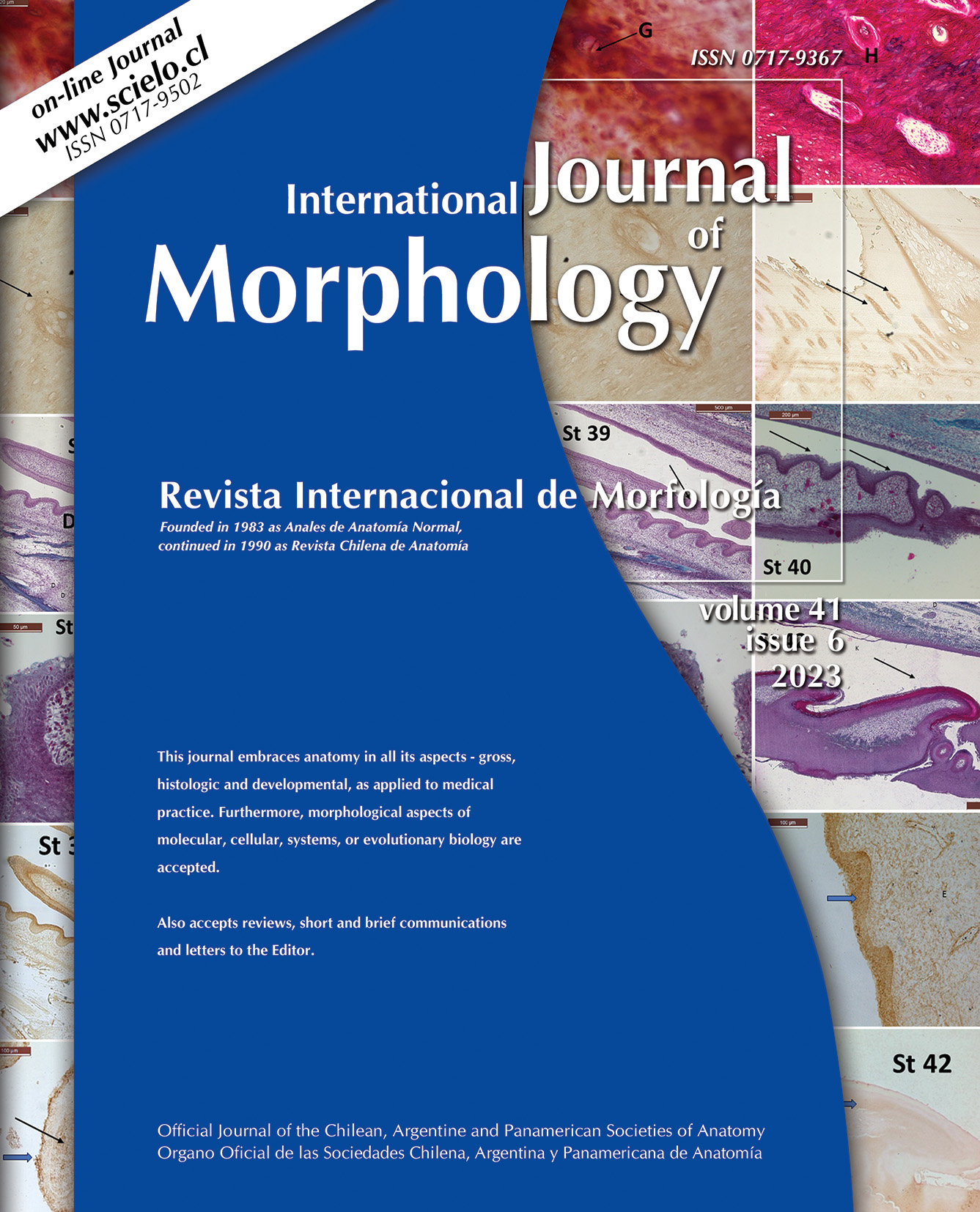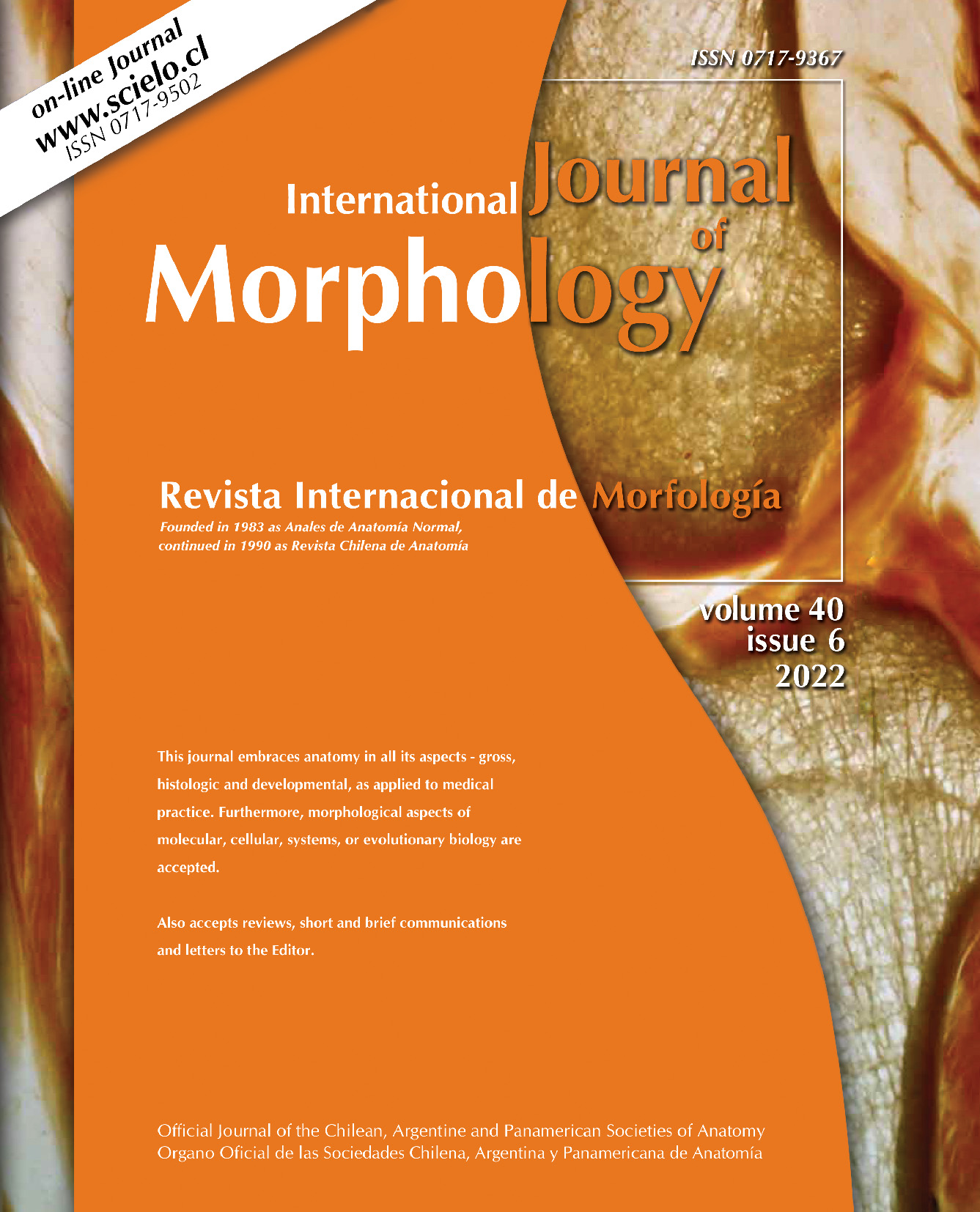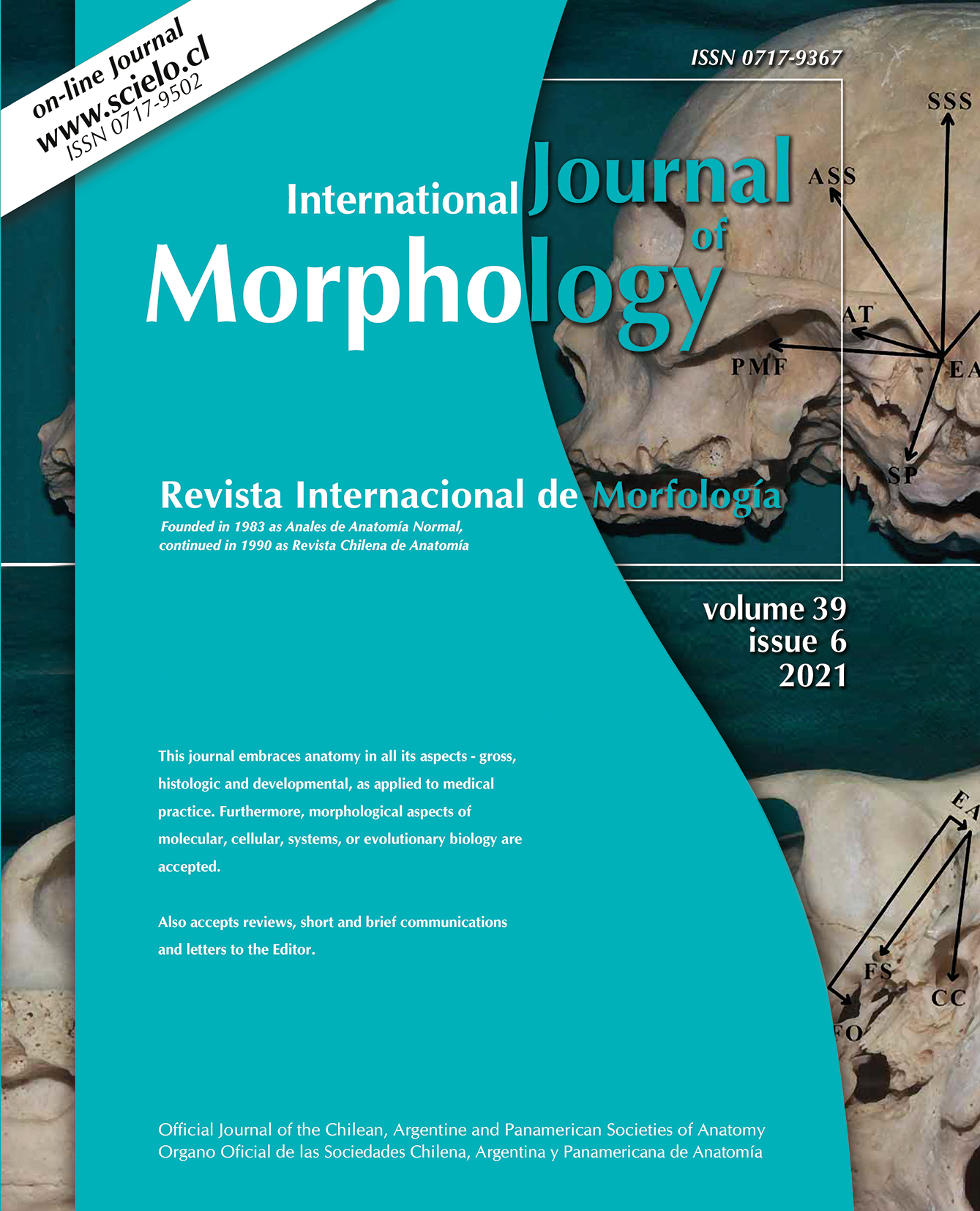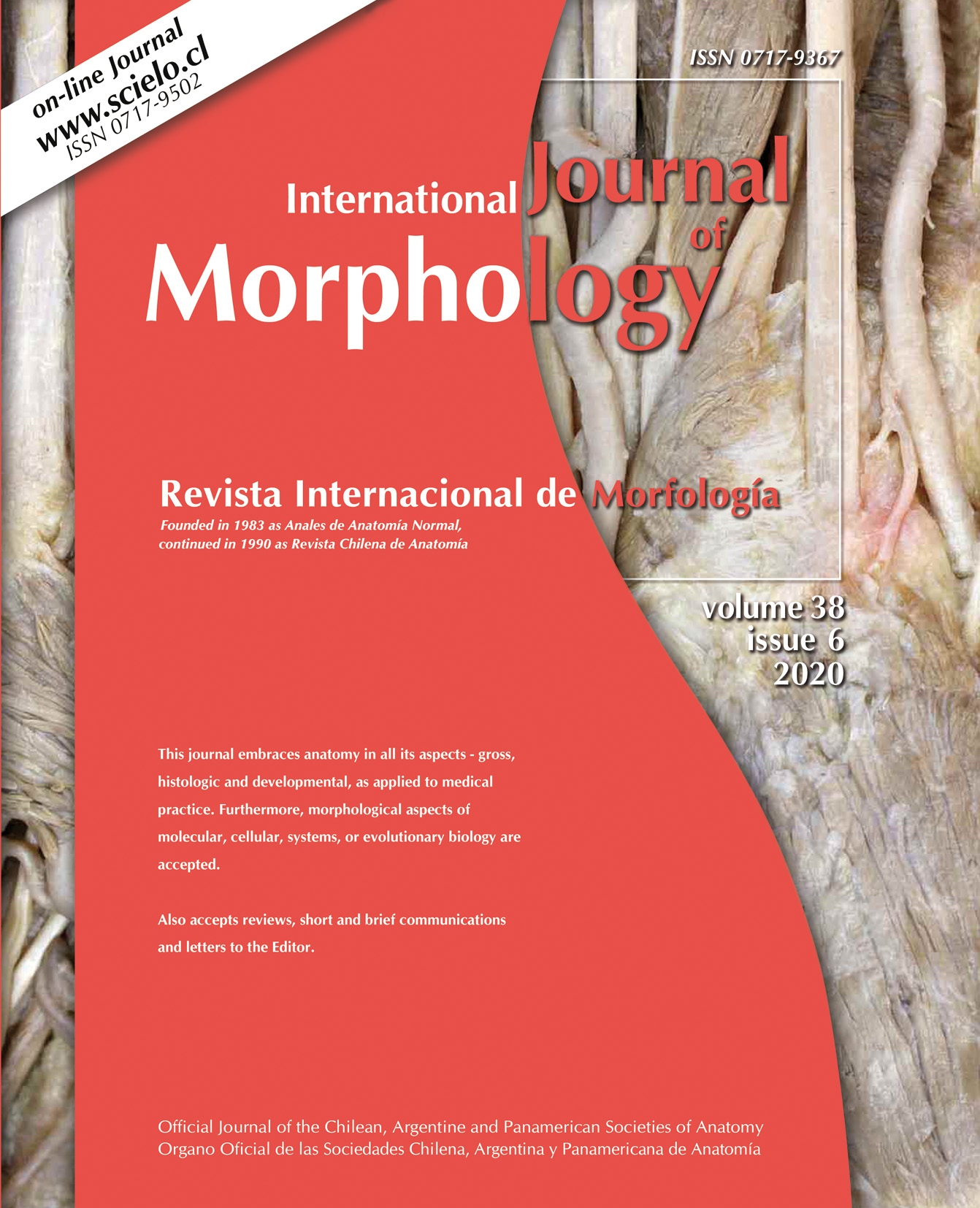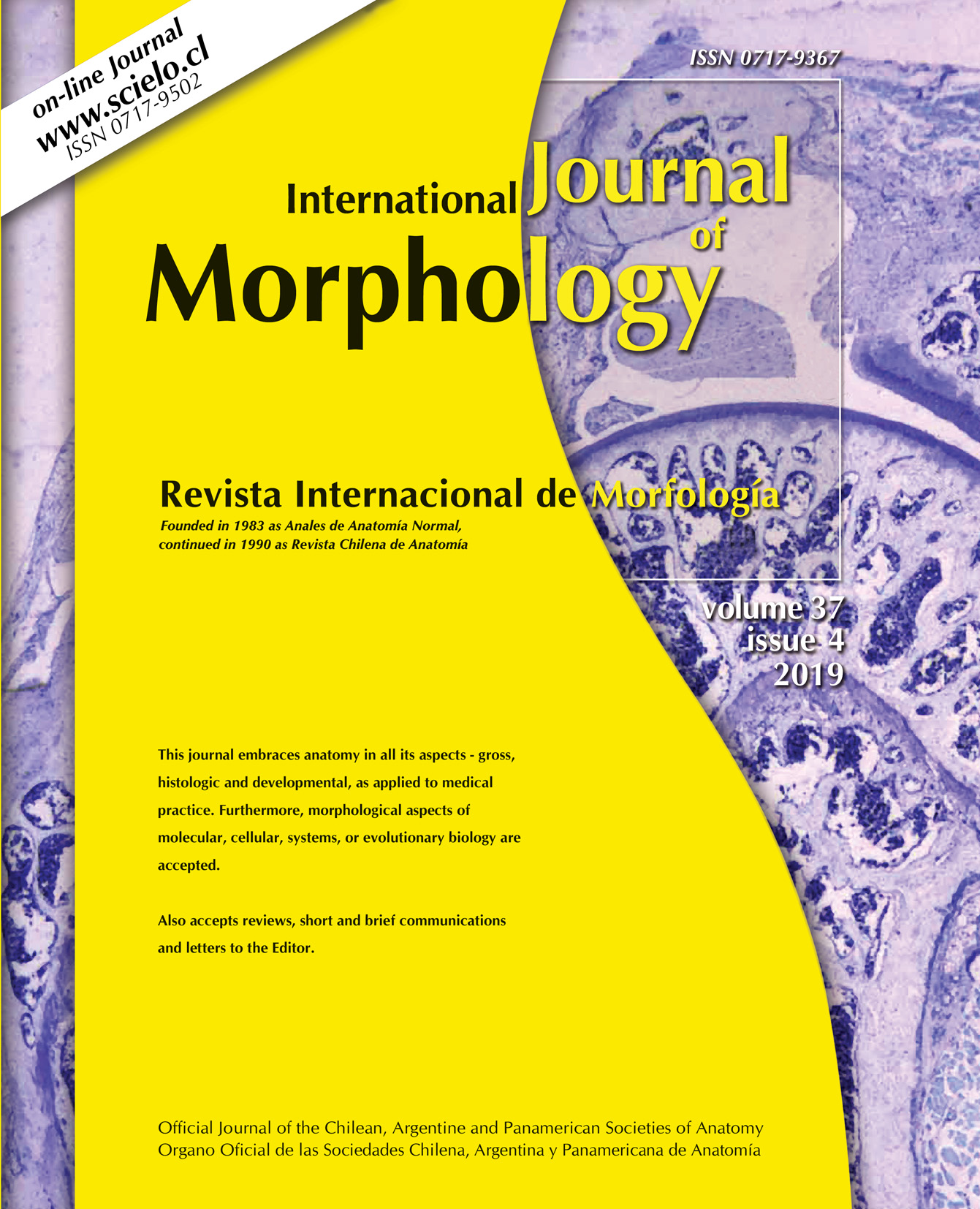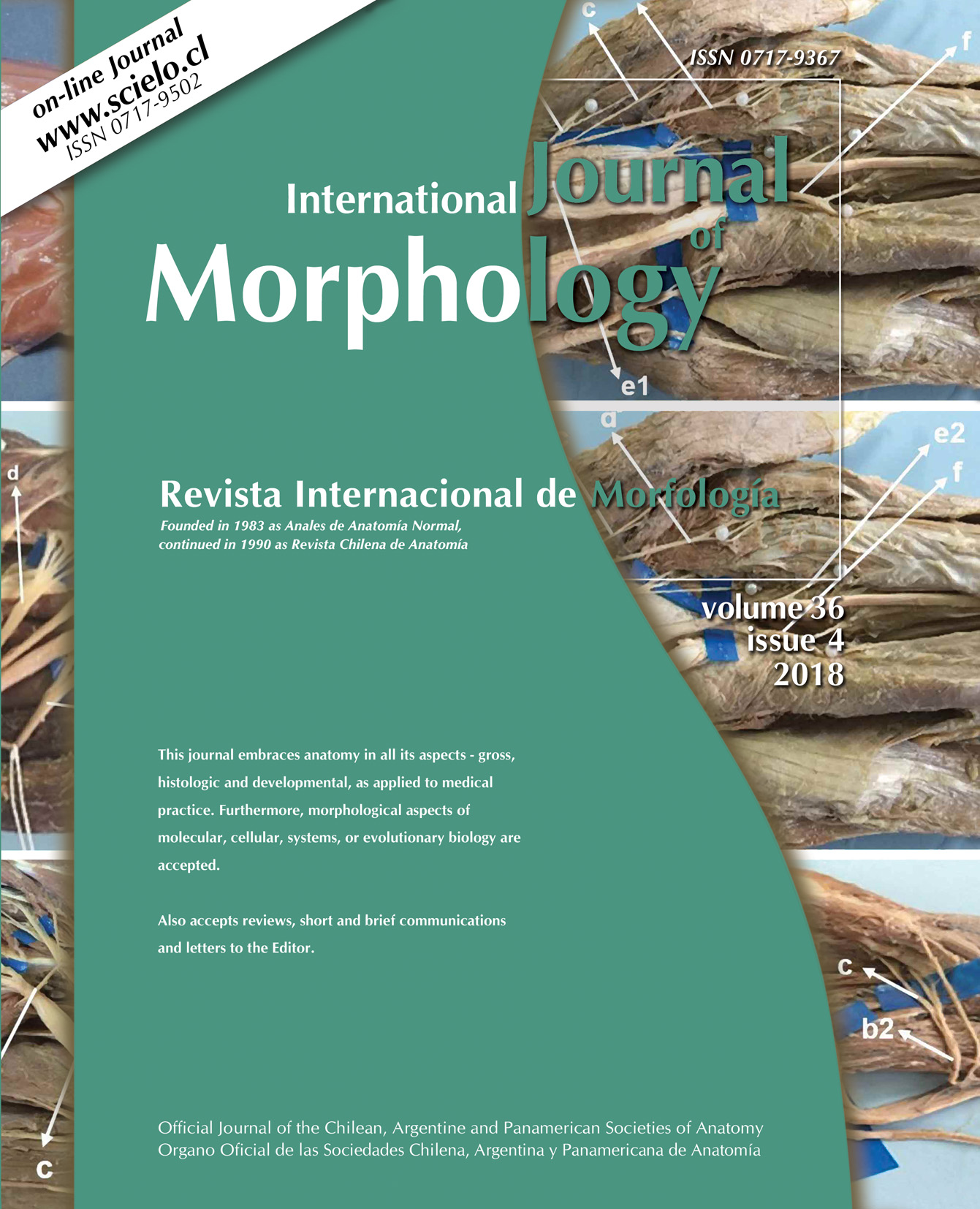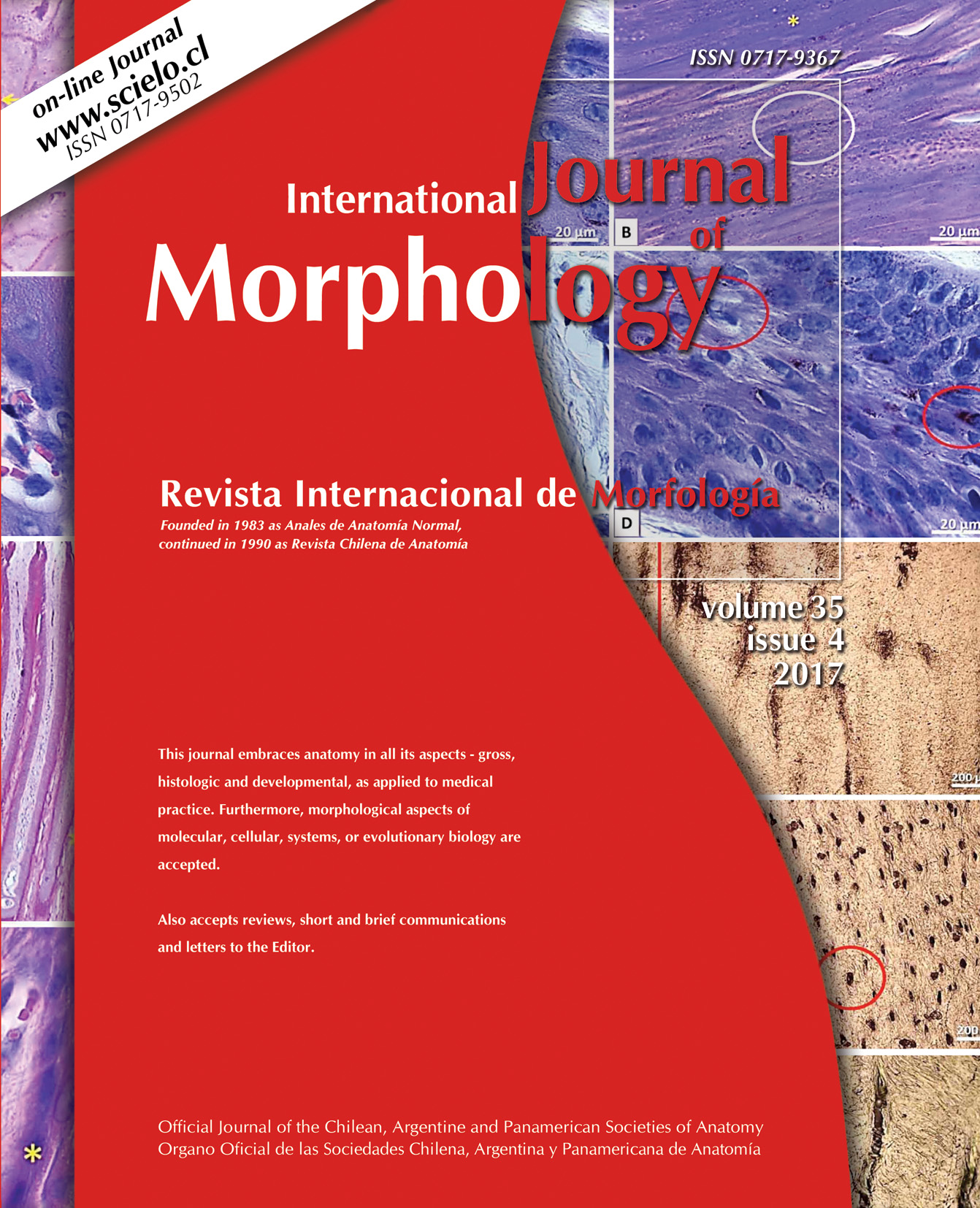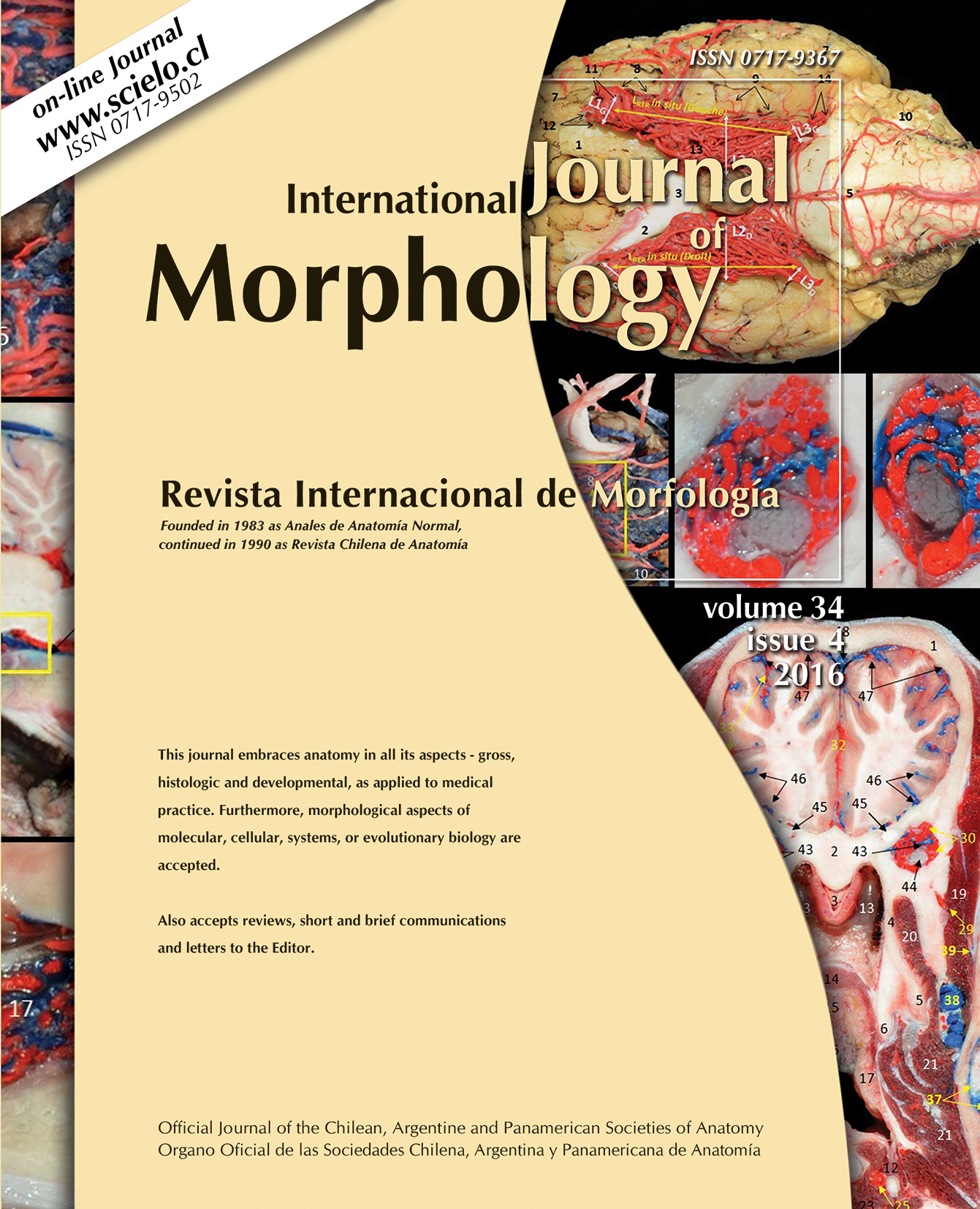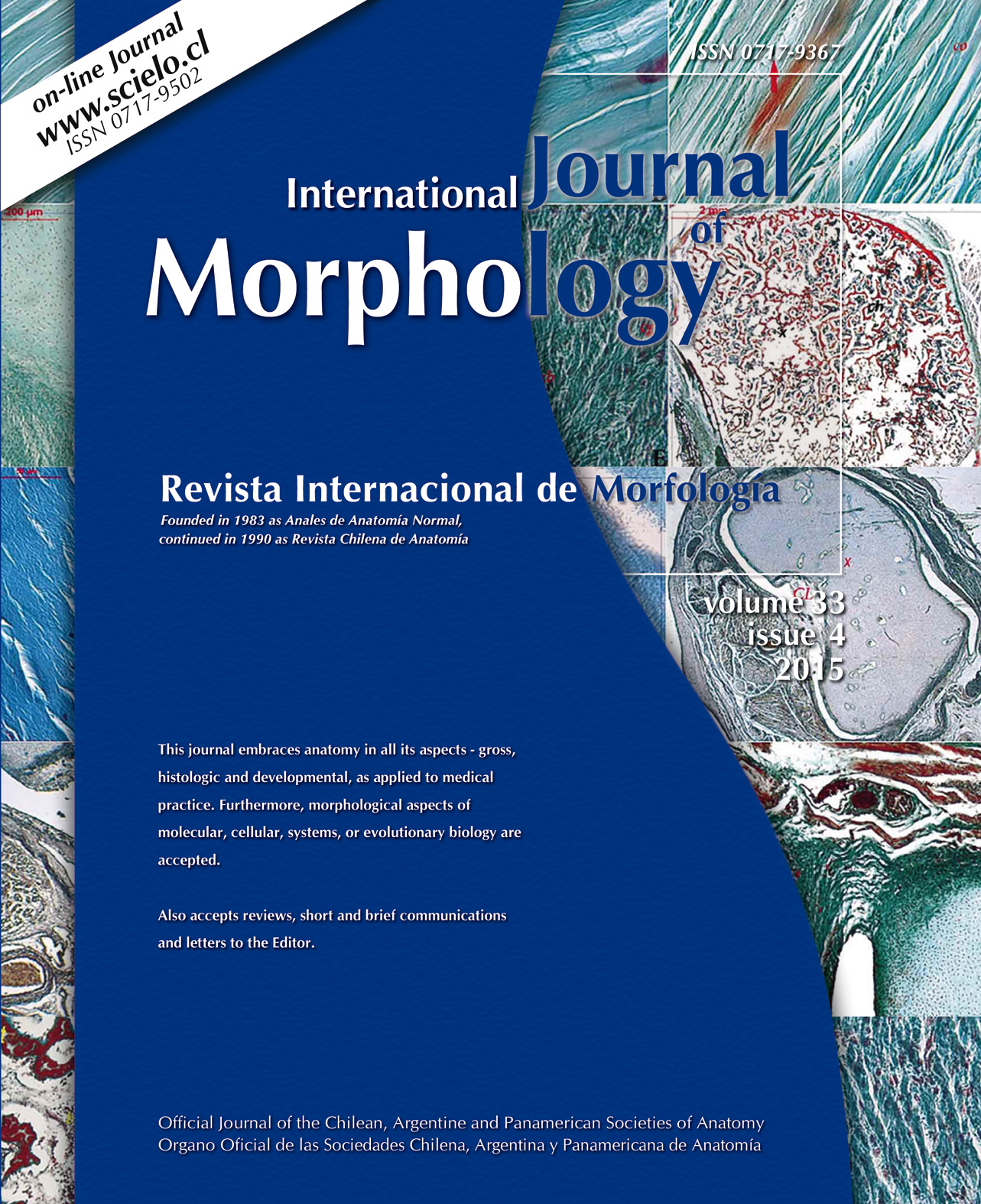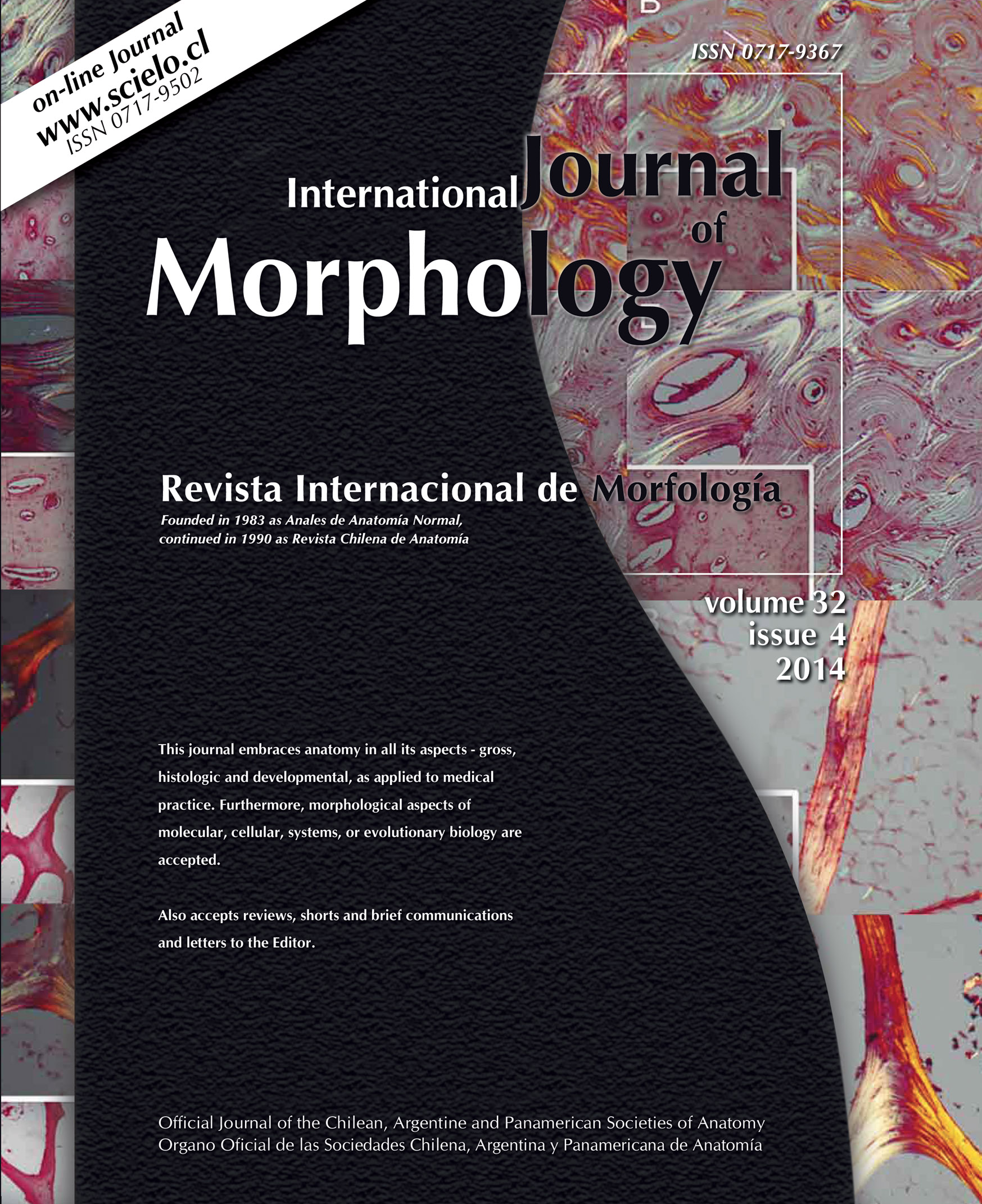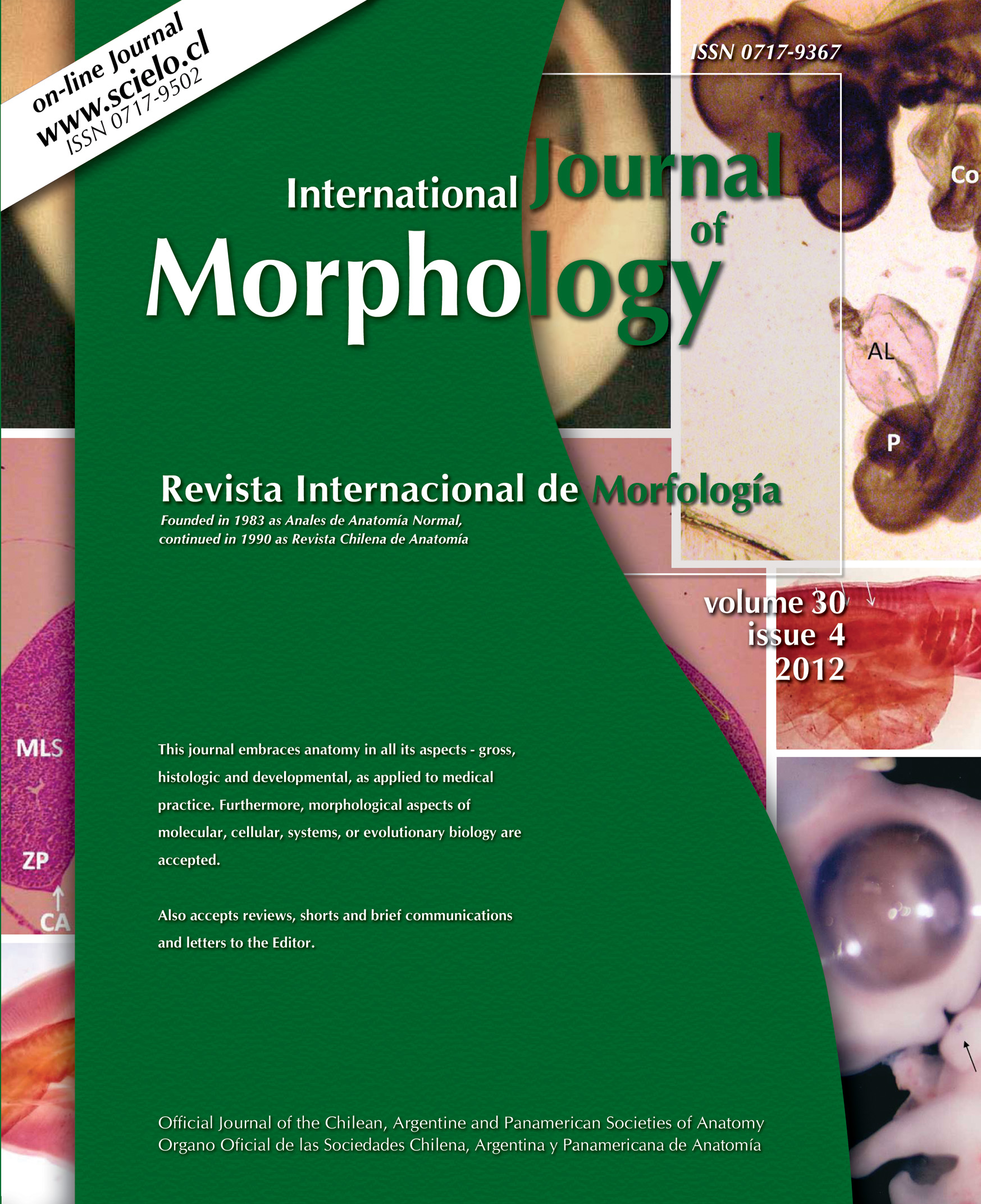A Simple and Consistent Rule for Easy Learning of Neuroanatomy: Three Neurons of Afferent Nerves
DOI :
Chung Yoh Kim & Beom Sun Chung
Summary
Many students regard neuroanatomy as a terrifying subject due to the complicated neuronal connections. Purpose of this research was to promote the easy and logical learning of neuroanatomy by systematizing a rule “three neurons of afferent nerves.” The rule, in which the second neuron decussates and reaches the thalamus, was applied to as many structures as possible. The three neurons are drawn in a constant pattern to intuitively demonstrate the rule. The rule could be applied not only to the spinothalamic tract, medial lemniscus pathway, sensory cranial nerves (visual pathway, trigeminothalamic tract, taste pathway, and auditory pathway) and ascending reticular activating system, but also to the pontocerebellum (afferent to cerebrum), basal nuclei (direct pathway), and limbic system (medial limbic circuit). Exceptionally, some afferent nerves do not exactly follow the suggested rule. This simple rule, which corresponds to many pathways of the neuroanatomy, is expected to make the learning by novice students easier.
KEY WORDS: Neuroanatomy; Afferent neurons; Undergraduate medical education; Illustrated books.
How to cite this article
KIM, C. Y. & CHUNG, B. S. A simple and consistent rule for easy learning of neuroanatomy: three neurons of afferent nerves. Int. J. Morphol., 41(4):996-1002, 2023.












